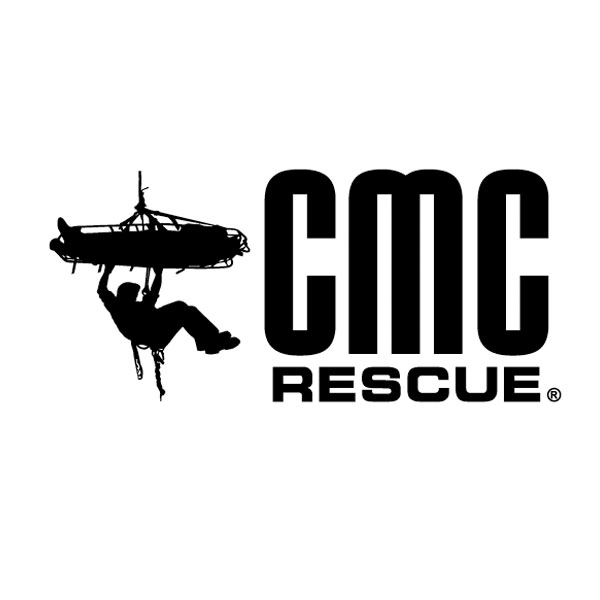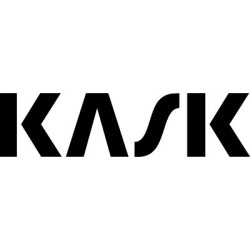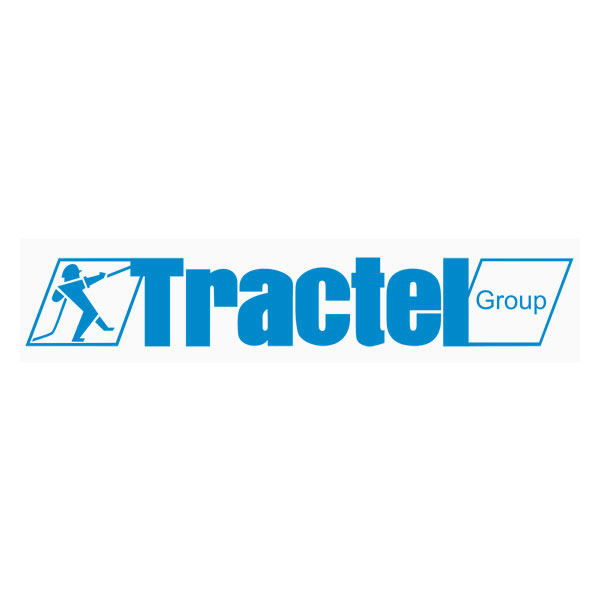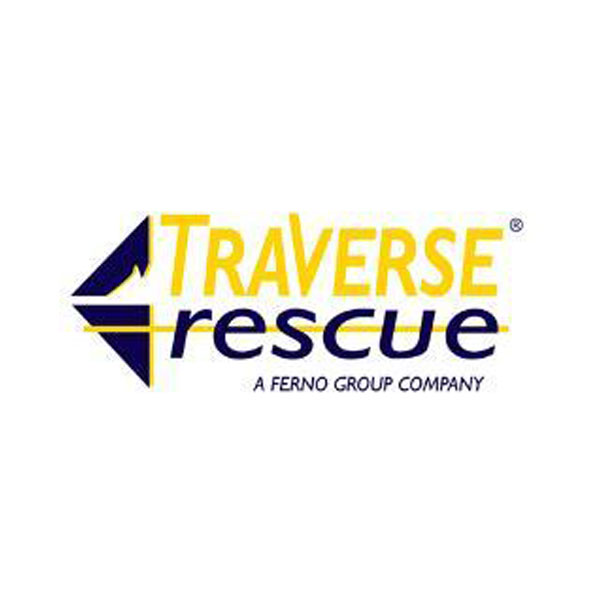If you want to start a heated debate among Rappel Rack aficionados just ask the group what style is best, J-Racks or U-Racks? Both share benefits such as providing the largest range of friction control with a variety of ropes, being great as either a lowering device or on rappel, not twisting ropes and so on.
Description
If you want to start a heated debate among Rappel Rack aficionados just ask the group what style is best, J-Racks or U-Racks? Both share benefits such as providing the largest range of friction control with a variety of ropes, being great as either a lowering device or on rappel, not twisting ropes and so on. The benefit that people most often attribute to the U-Rack over the J-Rack is greater strength. This is a fallacy, despite being the common understanding, as the system fails when the rope brakes rather than the device breaking. As a result, both types of racks achieve similar ratings.
U-Racks are used in the opposite orientation as J-Racks in that the rack is clipped to the harness or anchor at the bend area of the frame with the “legs” always pointing away from the user. The U-Rack does not facilitate friction variation by dropping or adding bars as the J-Rack does and the U-Rack should never be used with less than 4 bars. The benefit of the SMC designed 4 bar U-Rack is having the two opposed tied-off bars. This provides the opportunity for quicker tie-off methods (user can braid the rope between the 2 pins much like a boat cleat is used) and the user can have more “fine tuned” friction possibilities on a shorter and lighter system. The 6 Bar version utilizes a single Tie-Off Bar and 5 Brake Bars.
- SMC U-Rack assemblies are the only such U-Racks which are UL Certified to the current NFPA standards.
- U-Rack may be used as either a rappel or lowering device.
- U-Rack provides for even distribution of weight between both sides of the rack.
- U-Rack does not twist rope, as can occur when using a Figure 8 type descender.
- U-Rack may be used with single or double ropes of varying diameters.
- Different length racks provide wide range of friction and control under varying weights and applications.
- User may adjust friction by simply wrapping rope around the Tie-Off Bar(s).
- Stainless steel rack material provides greater strength, reliability and long lasting service.
- Tie-Off Bars are tubular stainless steel for longer life.
- Brake Bars are available as aluminum or stainless steel and come in a variety of styles and sizes.
- Racks & bars may be purchased separately so that the user may have a greater range of set-up configurations tailored to meet their individual needs for non-NFPA applications and as replacement parts.
Specifications:
APPLICATIONS:
- Mountaineering
- Mountain and Urban Rescue
- Caving
- Canyoneering
- Window Washing
Additional information
- Anchors and Slings (31
- Bags and Cases (102
- Clearance (20
- Confined Space (31
- Connectors (83
- DMM ID reader (6
- Fall Protection Equipment (70
- Harnesses (53
- Helicopter Rescue Equipment (4
- Lighting (49
- Patient Care Products (61
- Personal & Training Equipment (50
- Personal Protective Equipment (49
- Rope Hardware (137
- Ascenders (16
- Belay Devices (7
- Edge Protection (13
- Friction Descenders (16
- Mechanical Descenders (21
- Pulleys (55
- Rigging Plates (5
- Rope Access Backup Devices (9
- Rope Grabs (5
- Rope, Cord and Webbing (60
- Tactical Gear (15
- Tree Care (14
- Vertical Lifelines, Rope Grabs and Ladder Systems (2
- Water and Ice Rescue (64
- Winches (2
- Winter Rescue (19




























































